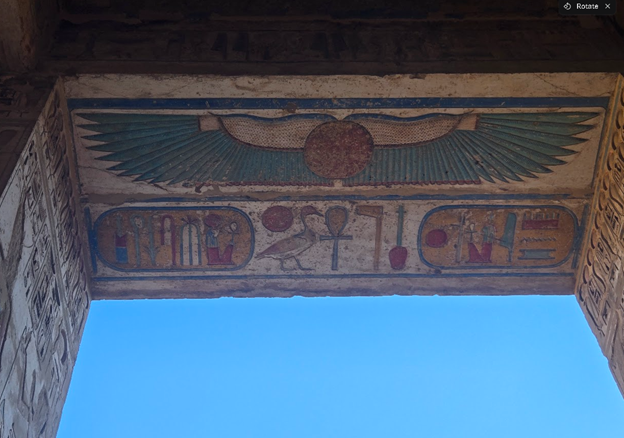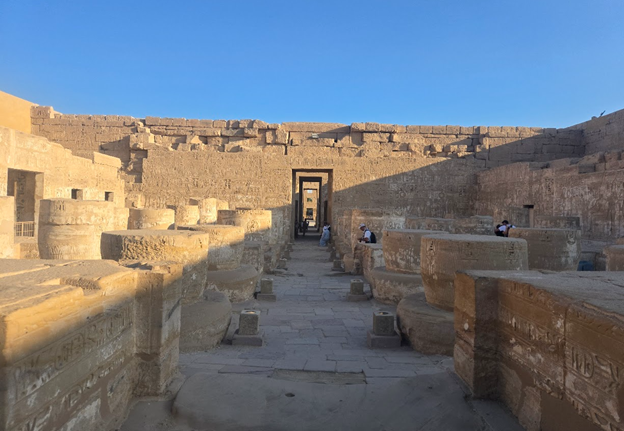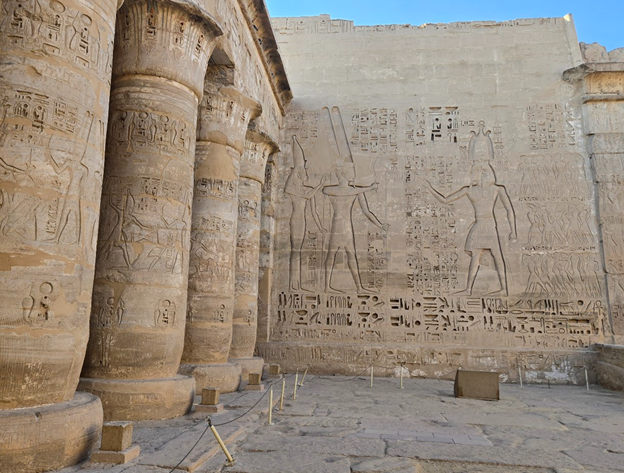Valley of the Kings
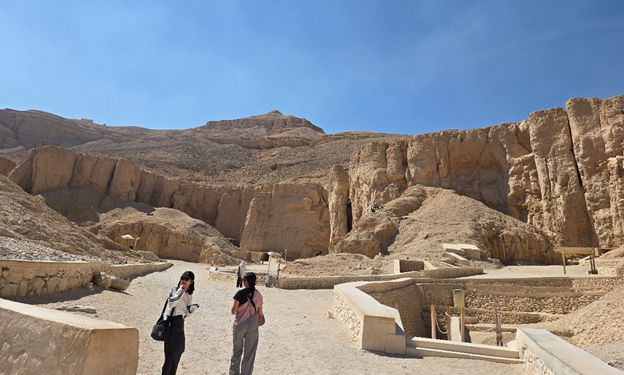
Location of underground tombs.

Imagine that you’re standing at the entrance of the Valley of the Kings, where the scorching Egyptian sun beats down on limestone cliffs that have guarded ancient secrets for over 3,000 years. This necropolis, carved into the heart of the Theban Hills, isn’t just another tourist stop – it’s literally where the ancient Egyptian kingdoms buried their rock stars (well, pharaohs). Between 1539 and 1075 BCE, this valley became the ultimate VIP cemetery, with 63 magnificent tombs dug deep into the rock. The most famous resident? None other than King Tutankhamun, whose tomb was discovered in 1922 packed with enough bling to make a rapper jealous.
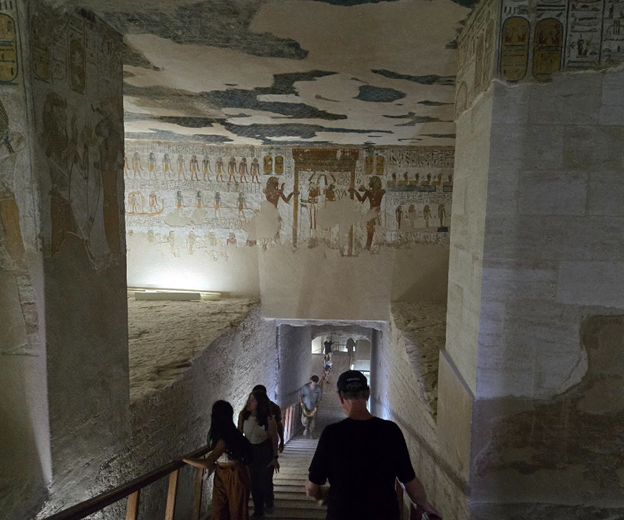
King Tutankhamun
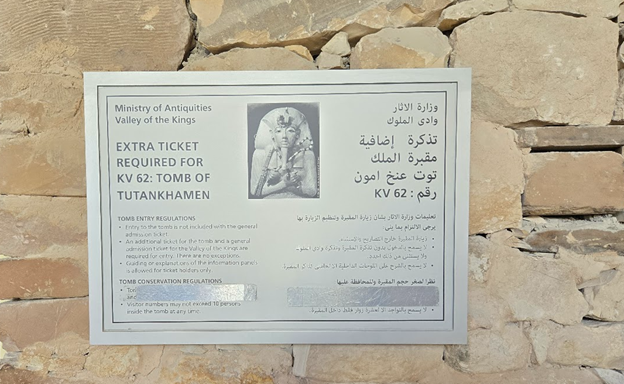

What makes this place absolutely mind-blowing isn’t just its scale – it’s the incredible preservation of the art inside these tombs. When you descend into these ancient chambers, you’re hit with an explosion of color that looks like it could’ve been painted yesterday. The walls are covered in intricate scenes from the Egyptian Book of the Dead, featuring everything from gods and goddesses to tales of the pharaohs’ journeys into the afterlife. Each tomb is like a prehistoric comic book, telling stories through vivid hieroglyphics and paintings that have somehow survived millennia of tomb raiders, environmental damage, and mass tourism. Just don’t expect to snap any photos inside – photography is strictly forbidden, forcing you to actually put down your phone and soak in the experience like an old-school explorer.
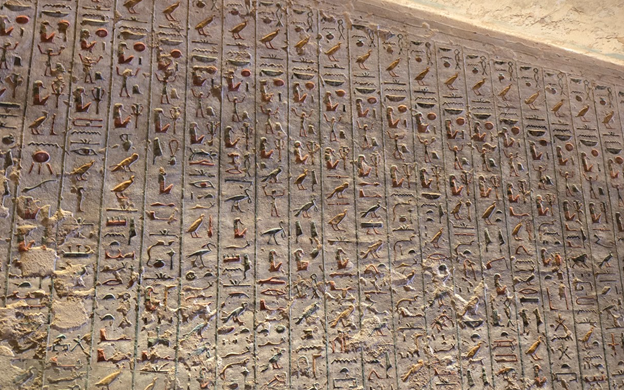
Video: https://photos.app.goo.gl/iN1yL7UURvzpsZQR7
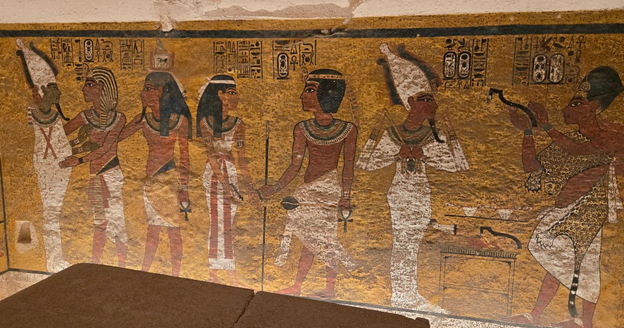

The Mortuary Temple of Hatshepsut
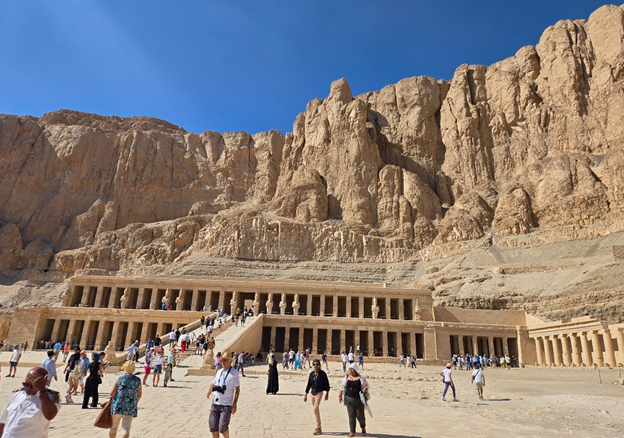
Picture rolling up to what looks like an ultra-modern museum, only to realize you’re staring at a 3,500-year-old architectural masterpiece. The Mortuary Temple of Hatshepsut, or Djeser-Djeseru (“Holy of Holies”), is basically ancient Egypt’s answer to Frank Lloyd Wright – a stunning three-level temple that seems to emerge organically from the limestone cliffs of Deir el-Bahari. Built by Egypt’s most famous female pharaoh, who literally had to wear a fake beard to be taken seriously in her role, this temple wasn’t just about showing off – though it definitely does that too. The temple’s clean lines and perfect symmetry would make any modern architect jealous, with its massive colonnaded terraces stretching dramatically toward the sky.
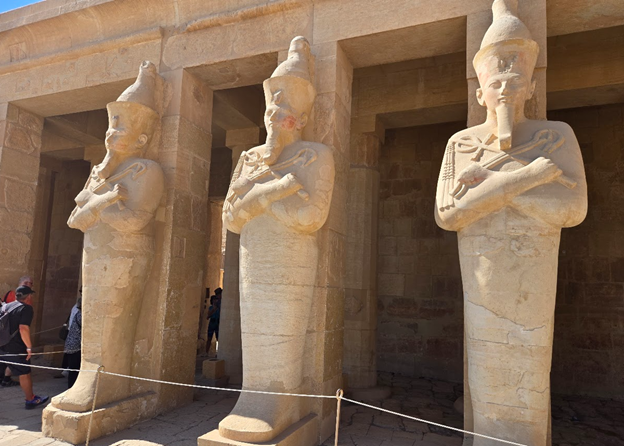
Walking through Hatshepsut’s temple feels like stepping into a giant ancient propaganda campaign (in the best way possible). The walls are packed with scenes showing how awesome she was – trading exotic goods from the mysterious land of Punt, being blessed by the gods, and generally crushing it as Egypt’s ruler. What makes this place even cooler is that after centuries of being buried under sand, archaeologists are still piecing together its colorful reliefs like a massive historical jigsaw puzzle. The temple’s dramatic setting against the stark desert cliffs, combined with its revolutionary design, makes it look like it could have been built yesterday – or maybe tomorrow. It’s one of those rare places where ancient and modern vibes collide in the most spectacular way possible.
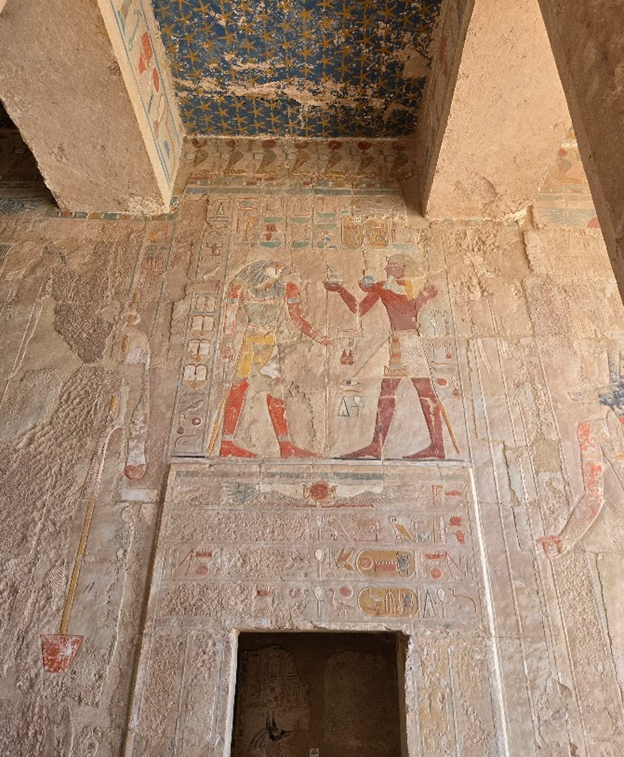
Valley of the Queens

Just across the valley from its more famous royal neighbor sits the Valley of the Queens, or as the ancient Egyptians poetically called it, “Ta-Set-Neferu” – the Place of Beauty. This necropolis was essentially the ancient Egyptian version of an exclusive women’s club, serving as the final resting place for queens, princesses, and even some high-ranking male princes . The star attraction here is hands-down the tomb of Queen Nefertari, Ramesses II’s favorite wife, which is so jaw-droppingly gorgeous it’s often called the “Sistine Chapel of Ancient Egypt.” When you step inside, you’re treated to walls practically exploding with vibrant colors – deep blues, bright reds, and rich golds that have somehow survived over 3,000 years and look fresh enough to make modern paint manufacturers jealous. The level of detail in these paintings is insane – we’re talking everything from her journey through the afterlife to intimate scenes of her playing board games with the gods, all preserved in such pristine condition that you’d swear the ancient artists just stepped out for a coffee break.

Video https://photos.app.goo.gl/iCDL1ozgsE5b2qv96
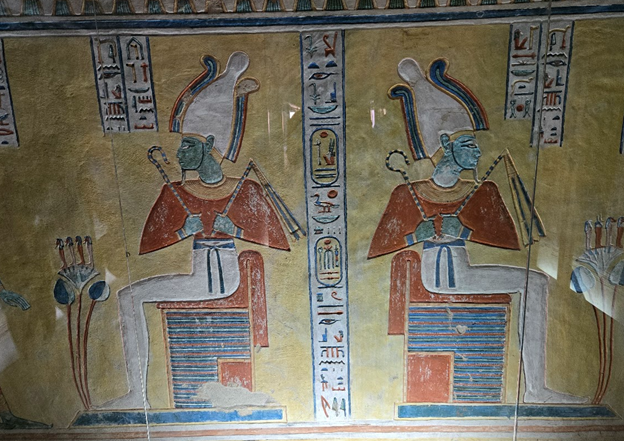
Mortuary Temple of Ramesses III, also known as Medinet Habu
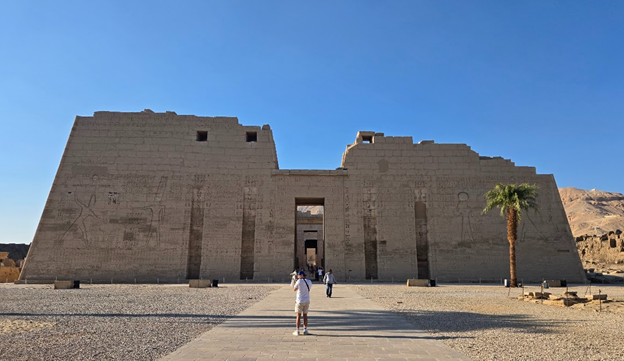
Step into a massive ancient Egyptian compound that’s basically the 3,000-year-old equivalent of a pharaoh’s personal highlight reel. The Mortuary Temple of Ramesses III at Medinet Habu isn’t just another temple – it’s an incredibly well-preserved snapshot of Egypt’s last great pharaoh flexing his architectural muscles. With walls stretching nearly 60 feet high and covered in some of the most detailed reliefs you’ll find anywhere in Egypt, this place feels like an ancient comic book telling tales of epic battles and religious ceremonies.
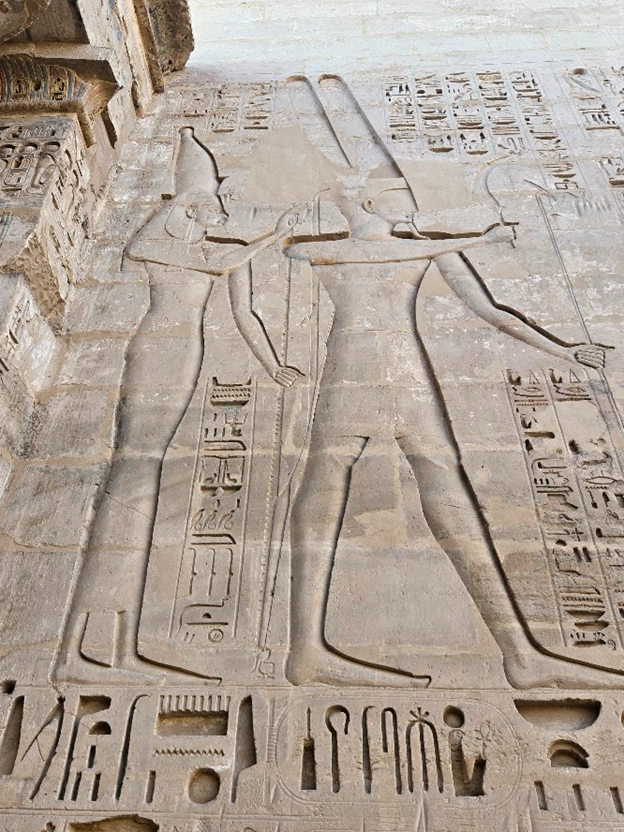
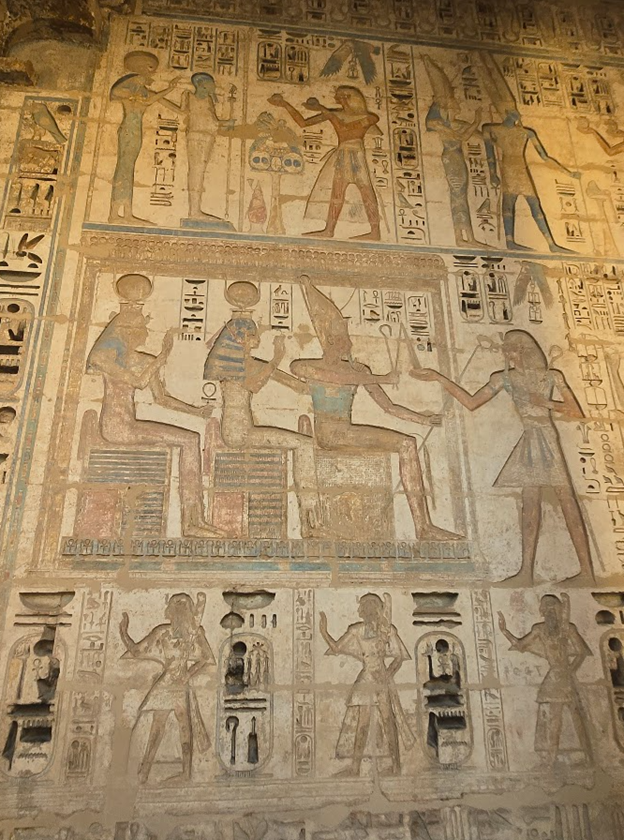
What really sets Medinet Habu apart from other temples is how much of its original color still clings to the walls, giving us rare glimpses of how vibrant these temples were in their heyday. The massive entrance, modeled after a Syrian fortress, leads you into a world where every wall has a story to tell – from Ramesses III’s victories over the mysterious Sea Peoples to intimate scenes of the pharaoh making offerings to the gods. Unlike its more famous cousins in Luxor, this temple often gives you the space to soak in the ancient vibes without fighting through crowds, making it feel like your own personal discovery.
